Just a few years ago, the word 'K-pop' only brought up the thought of Psy's "Gangnam Style" to those who were not familiar with the genre. Now, the industry has gone from one-hit wonders to a global takeover - from BTS's attendance at the 'American Music Awards,' multiple idols' world tours, and Black Pink's collaboration with English singers like Dua Lipa. People who entered the realm of K-pop in the last few years are entering the most exciting years for the industry as the genre gains even more popularity and appeal among an ever-growing non-Asian audience.
We must not forget, however, that there was a time where this was certainly not true. Multiple first-generation and second-generation idols and groups like Se7en, BoA, Girls' Generation, and 2NE1 have tried to break the western market before the age of BTS, Black Pink, TWICE, and Red Velvet. Needless to say, the current state of K-pop has a lot to thank the older generation idols and groups for their consistent work and effort to maintain an audience that has only gotten more passionate over the years to bring the industry to where it is today.
As audiences change from local to global, idols and groups also change to fit the tastes of a wider audience. This, however, is not to say that they are conforming to any norm or becoming too Westernized. Much of the change that we've seen in the last decade or so also can be contributed to a changing society internally � Korea's trendsetting pace of fashion, technology, and societal norms as well as the huge wave of idol groups debuting each year affect the strategy, presentation, and performance of the idols that we know and love today.
LIVE PERFORMANCES
I remember in 2010 when miss A debuted with "Bad Girl Good Girl." Their first live performance was powerful, passionate, and sexy. Shortly after their debut, news outlets were going crazy over the fact that they were so good at their live performance. Indeed, if you see the performance, the girls' strong movements shake their voice up, but for the most part, they are incredibly stable and on-pitch throughout the performance. Other performances like 2NE1's "Go Away" and "Can't Nobody" from 2010 are also clearly live, being shaken up by the choreography.
In 2018, I'm not sure if I see so many of such organic, raw live performances anymore. Groups like MAMAMOO are notorious for their crazy-good live performances, but other groups have been caught lip-syncing or using a "pre-recorded" version of their live performances. Black Pink, TWICE, and even Girls' Generation have been indicted for using such pre-recorded performances for most of their broadcasts, even though in other occasions they have been seen singing live. Perhaps this is due to the increased complexity and difficulty of the choreography that accompany the songs (TWICE's "Dance the Night Away" is notorious for being one of the most difficult songs the group has performed).
Pre-recorded vocals were rarely used in 2010, and groups either sang completely live with background vocals or they lip-synced, after which they received backlash like Son Dambi did with her initial performances of "Queen," after which she promptly started singing live. Whether the changing atmosphere of live performances is good or bad, it seems that idols have come to focus more on the overall visual impact and quality of the performance (through choreography, outfits, etc.) than simply the audible component of it.
DANCES
Dances to K-pop songs are like bread and butter. Most, if not all, title tracks of idols' and groups' albums and releases are accompanied by some sort of choreography. This is one of those things that has not changed since 2010. But as I said before, the difficulty, precision ("knife-like" choreography), and dedication to choreography have drastically increased in the past decade.
SHINee, one of the pioneers of the precise, "knife-like" choreographies really started the boom with their dance practice video of "Lucifer" in 2010. Ever since then, more and more idols have put out their dance practice videos as YouTube became a mainstream platform for many agencies and companies (and as music videos began to garner more and more views). It came to a certain point where some idols' dance practice videos received more views than their music videos.
Other technology-related advances like professional-level cameras that captured infamous videos of idols dancing like EXID's Hani dancing to "Up and Down" and 1theK's dance competitions boosted the appeal and popularity of dance videos. And due to the high visibility of dances through fan-cams, practice videos, and competitions, choreographies to dances have put on an even more important meaning for many idol groups in 2018 than they did in 2010.
CONTROVERSIES
Rumors and scandals have been an integral part of K-pop since the beginning, whether you like it or not. Countless idols have been literally been disbanded (in the case of 2NE1), and if not, permanently dismantled from their glory days (in the case of T-ara).� Social media use has increased tremendously since 2010, and with even more eyes on idol groups with a global audience, idols' "mistakes" are under even more scrutiny.
In 2012, T-ara, who used to rule the charts with basically every single track they released, got caught up in controversy with rumors claiming that one of their members had been bullied and was forced to leave the group. This caused a flurry of speculation and rumors and a lot of backlash against the members of T-ara. While T-ara tried to continue their promotions, netizens and public opinion of them plummeted, diminishing their success to a shadow of their former glory days.
In 2014, 2NE1's member Park Bom was also caught up in a controversy involving drugs. While she continued to perform in 2NE1's world tour at the time, she promptly fell off the face of the internet and only broke her silence by showing up as a surprise in the '2015 MAMA' in Hong Kong. Still, that was not enough to keep the group together, as Minzy left the group which was followed by the group's disbandment.
In 2018, HyunA, formerly part of 4minute, dealt rather coolly with a controversy regarding her surprise announcement that she was dating rookie idol�E'Dawn of Pentagon. After a few back and forths with her agency, Cube Entertainment, she eventually left the company, as Pentagon's future was put into question.
There are more cases of idols and groups being involved in controversies, like MAMAMOO's blackface incident or Tiffany's Instagram rising sun flag post during Korea's Liberation Day. However, if there is one thing that hasn't changed since 2010 to this day, is a�cyclical problem of rumor-spreading, speculation, and hate comments that blow up these controversies to endless limits. The backlash each group or idol receives in face of controversy sometimes seems excessive, unfair, and outright demeaning. While their honesty and transparency have increasingly helped idols get out of holes, the netizens' passion for bringing others down seems to have not changed one bit since a decade ago.
I've discussed the three things that I've seen changes from 2010 to 2018 in the world of K-pop. What else has changed or not changed since 2010? Leave a comment below!�
SEE ALSO: Robin Deiana, known for ‘Abnormal Summit’, announces marriage

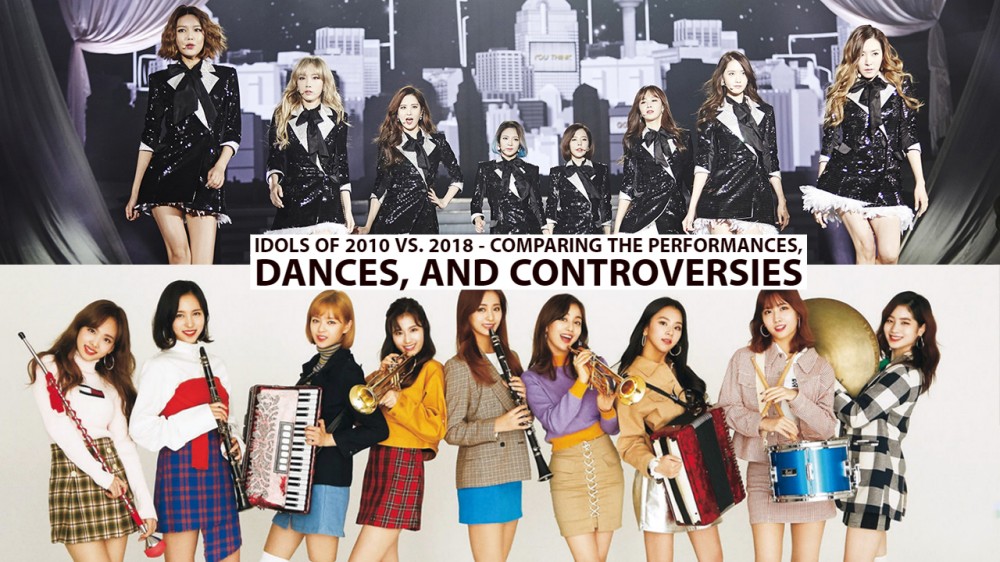
 SHARE
SHARE

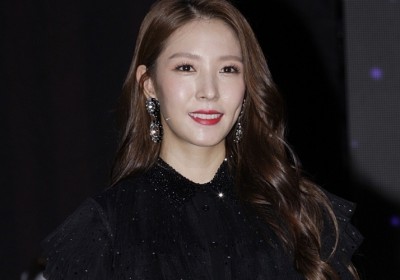

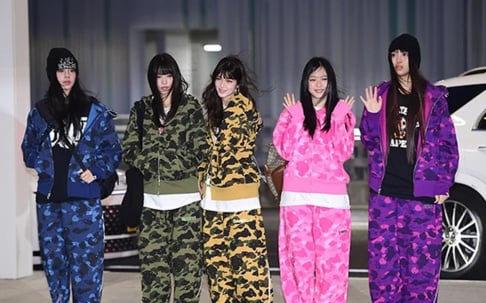
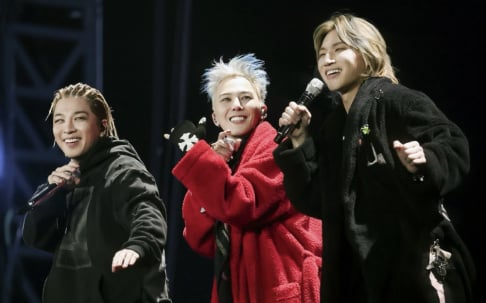
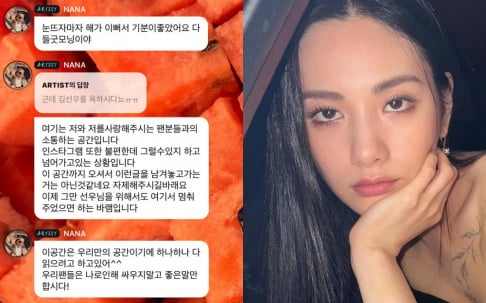
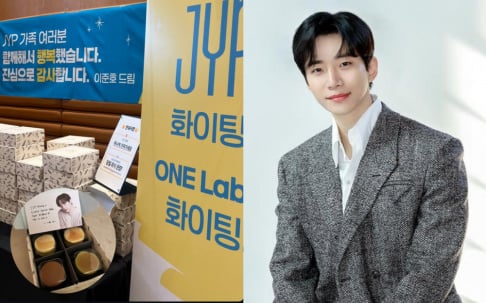

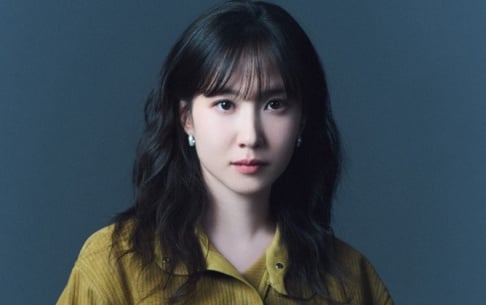
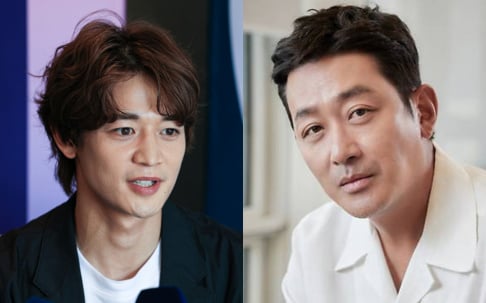
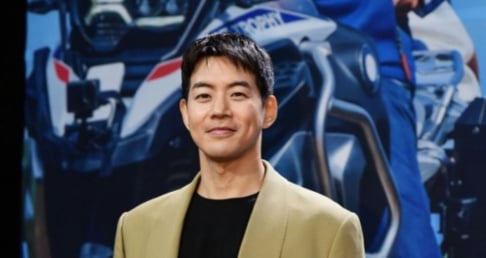
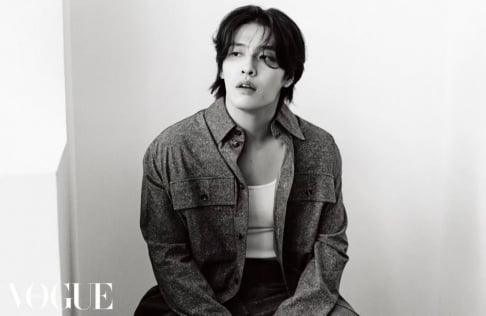
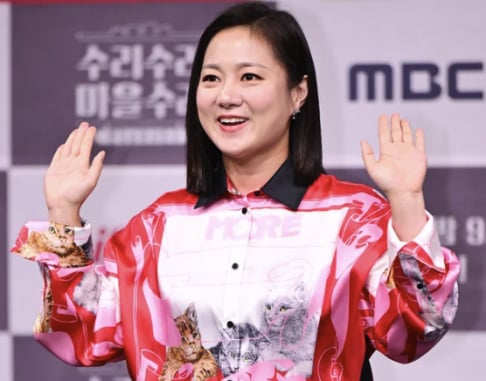
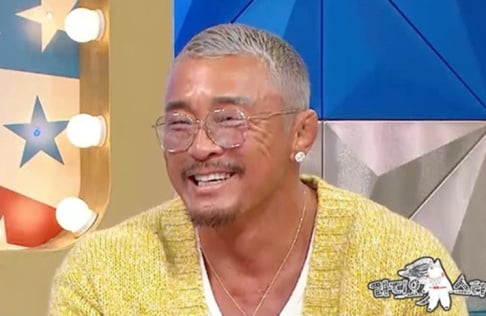
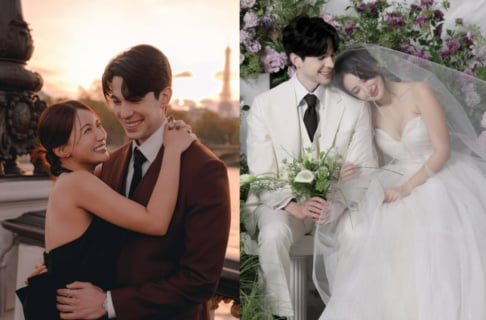
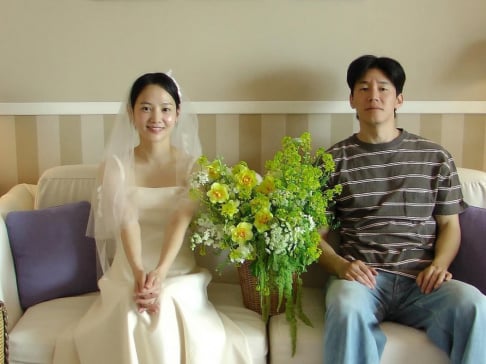
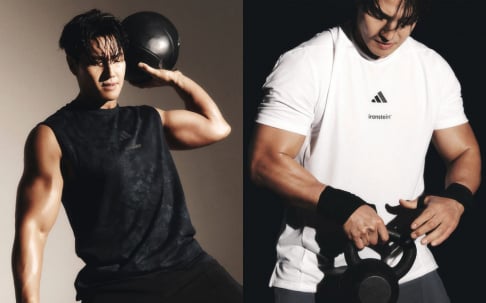
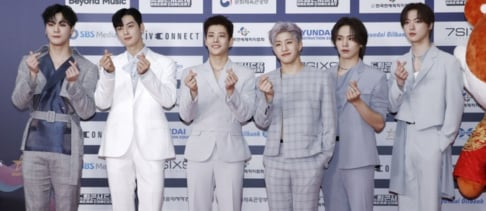

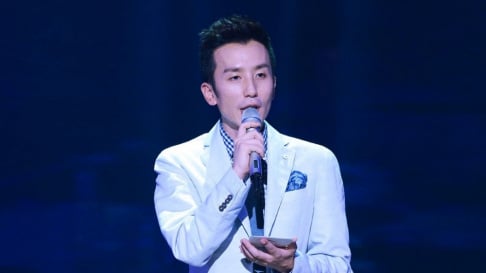

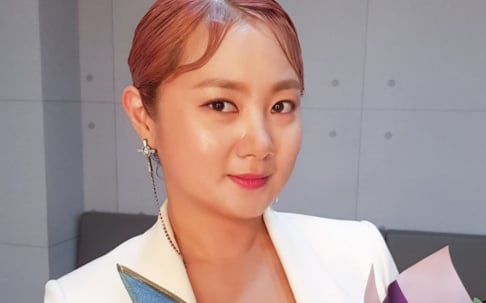
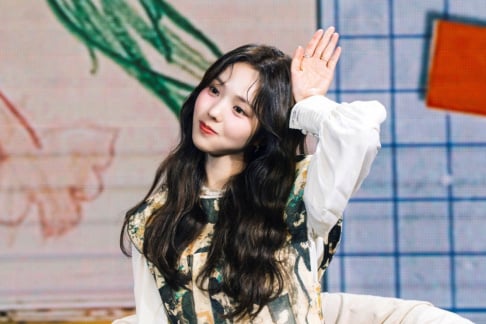

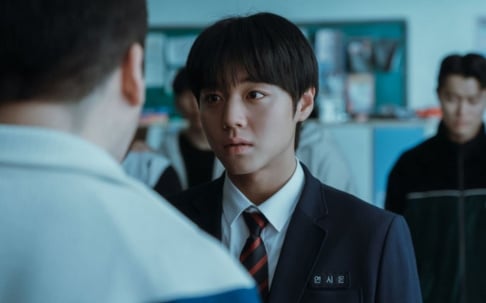
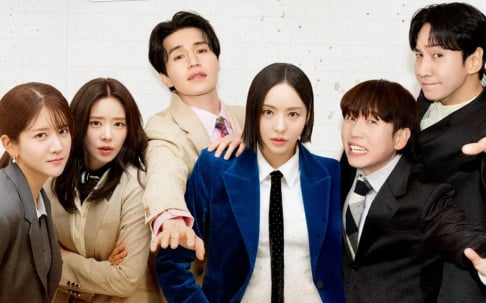
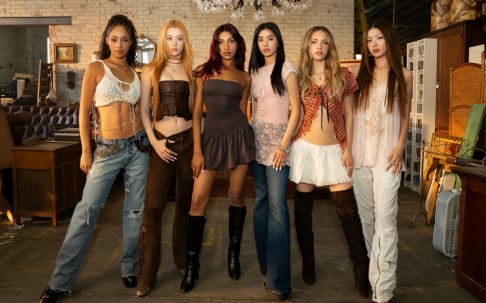

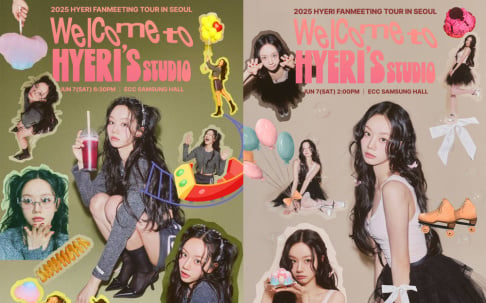

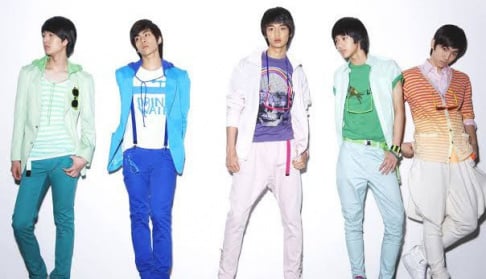
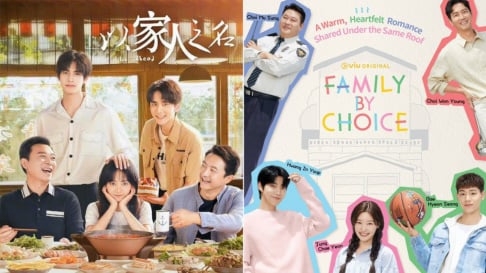

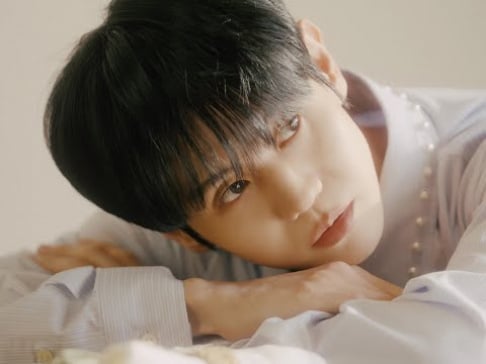
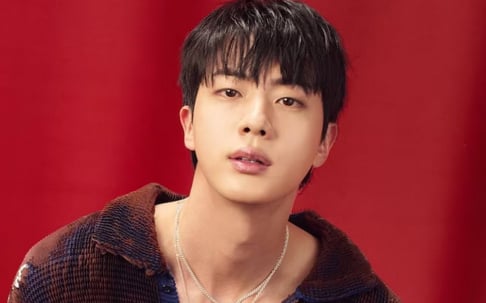
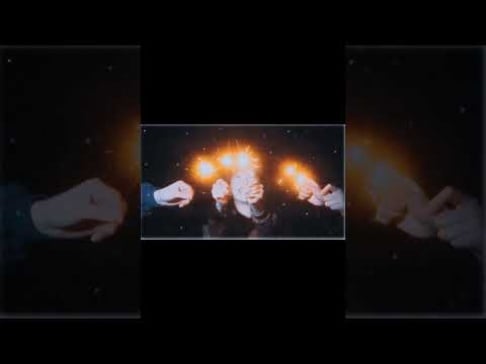
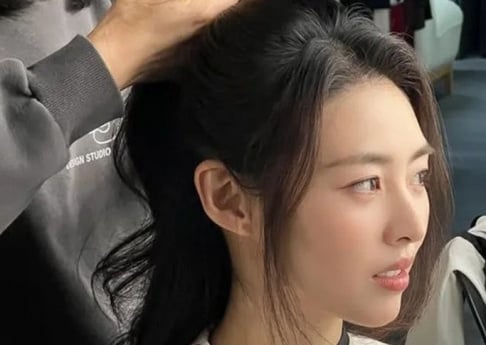
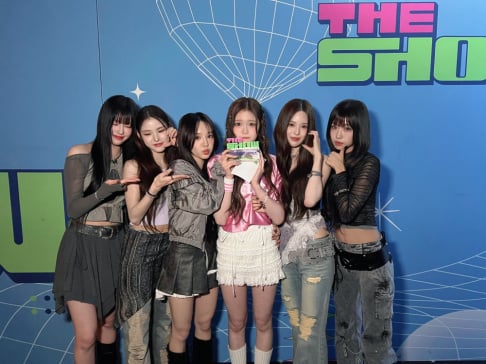
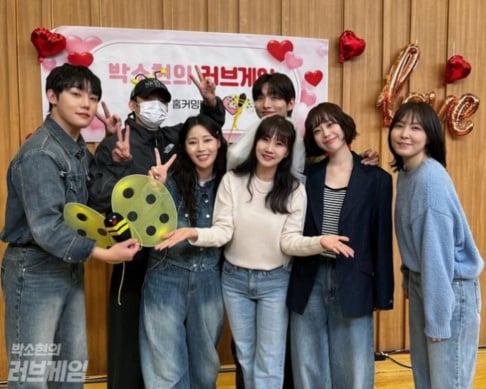
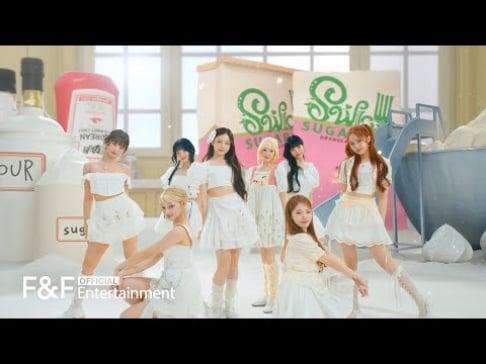
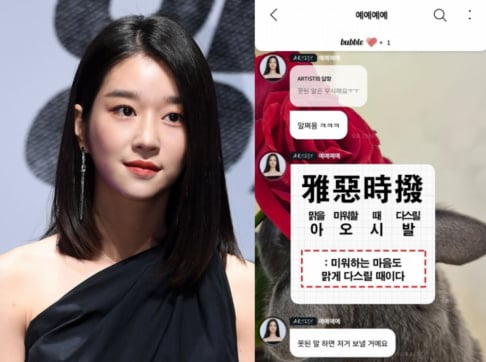


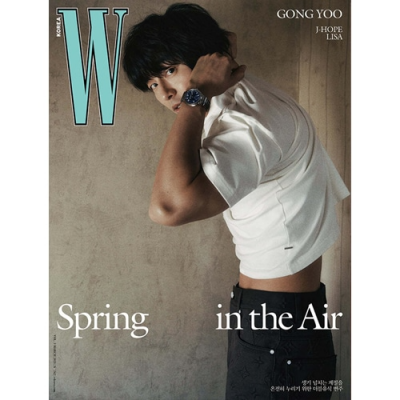
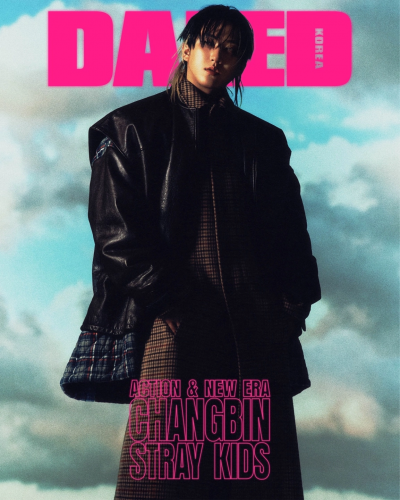
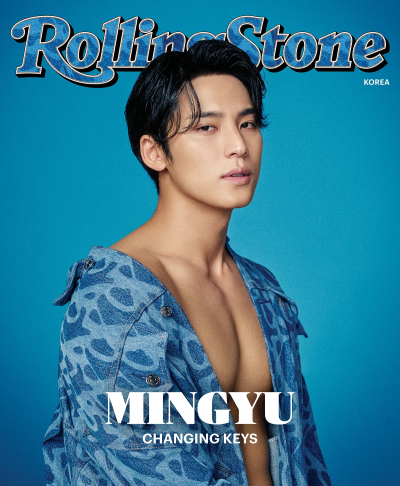
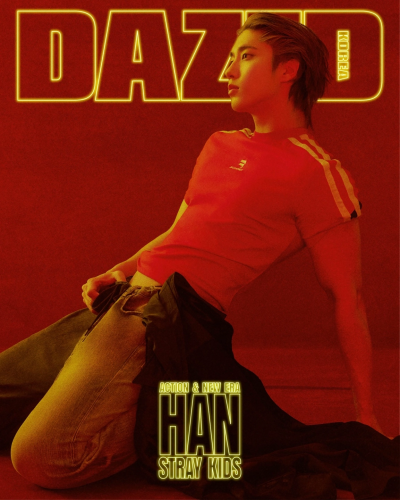
What about when Kpop idols get married? For example, Super Junior's Sungmin got married and fans were upset that they were not informed earlier and wanted him out of Super Junior and ever since this controversy took place Sungmin was unable to promote or participate in any Super Junior activities which is really sad. I wish kpop fans can understand that at sime time or the other these idols will reach a certain age where they will find their better half and would want to get married. It's just part of life.